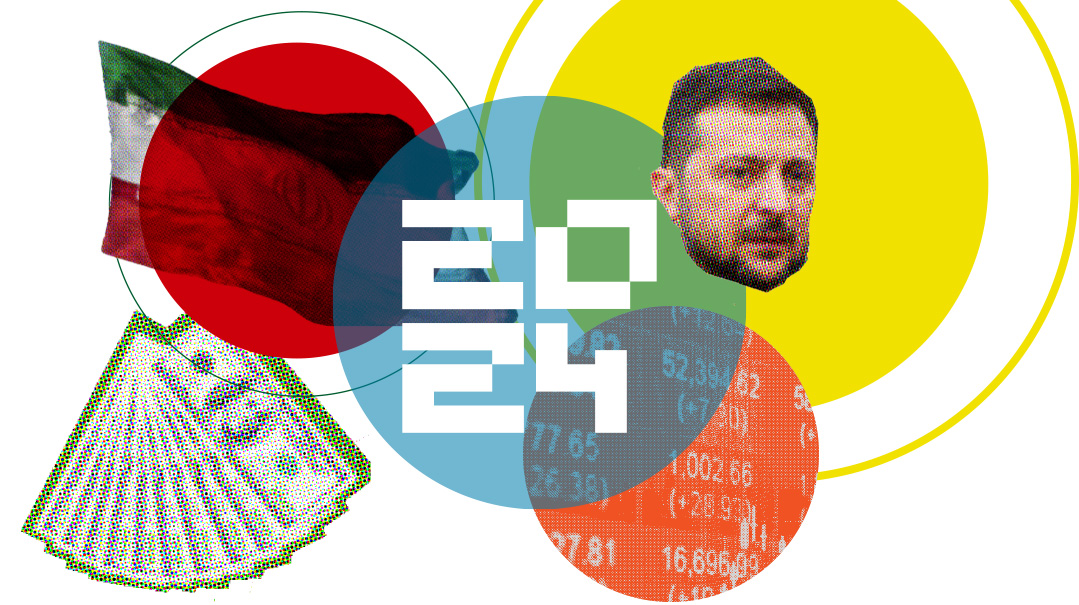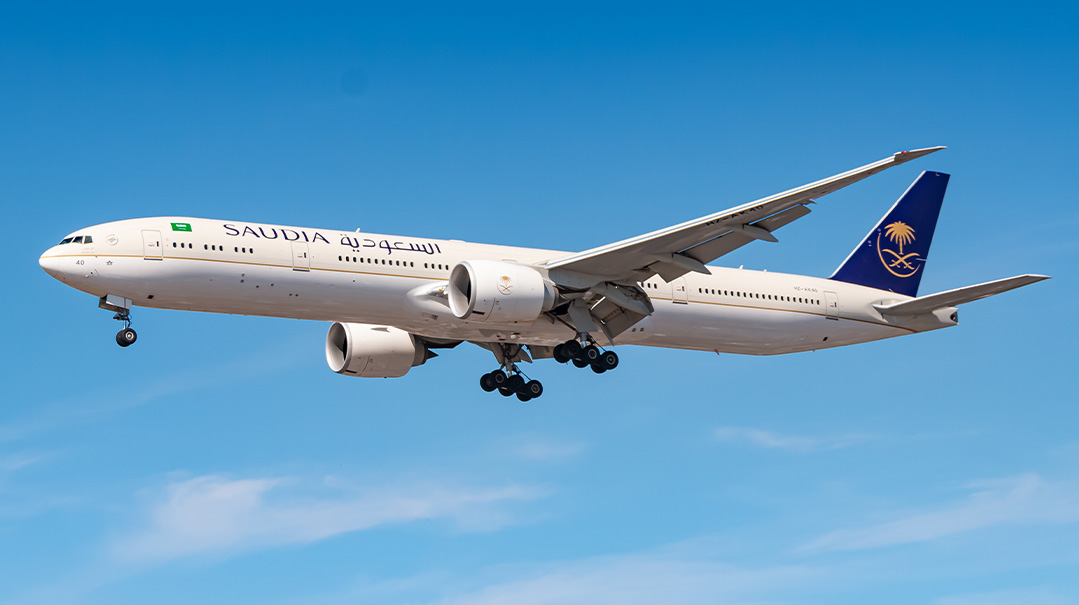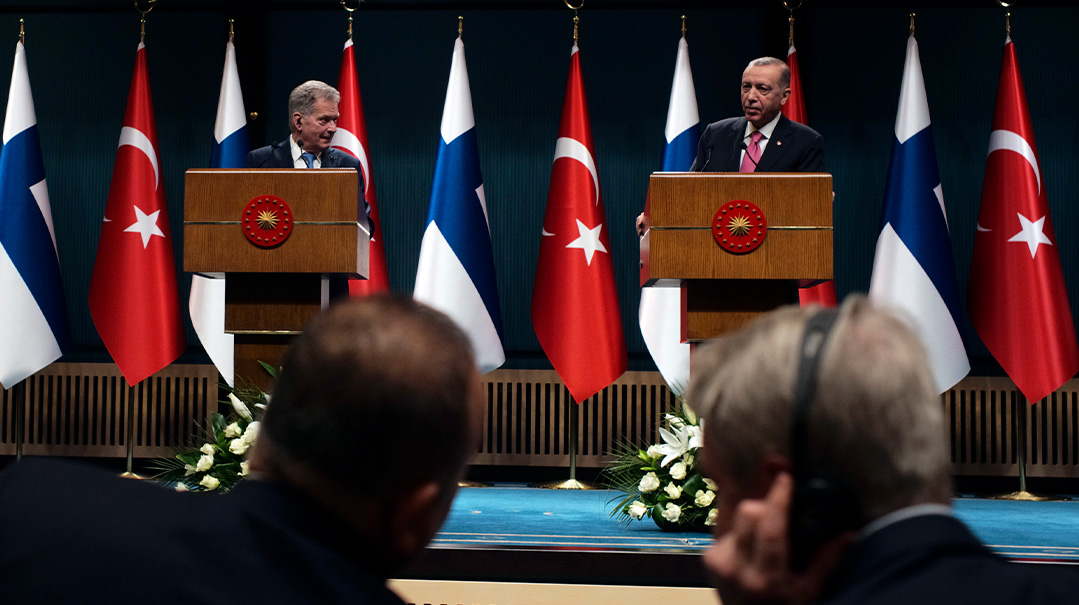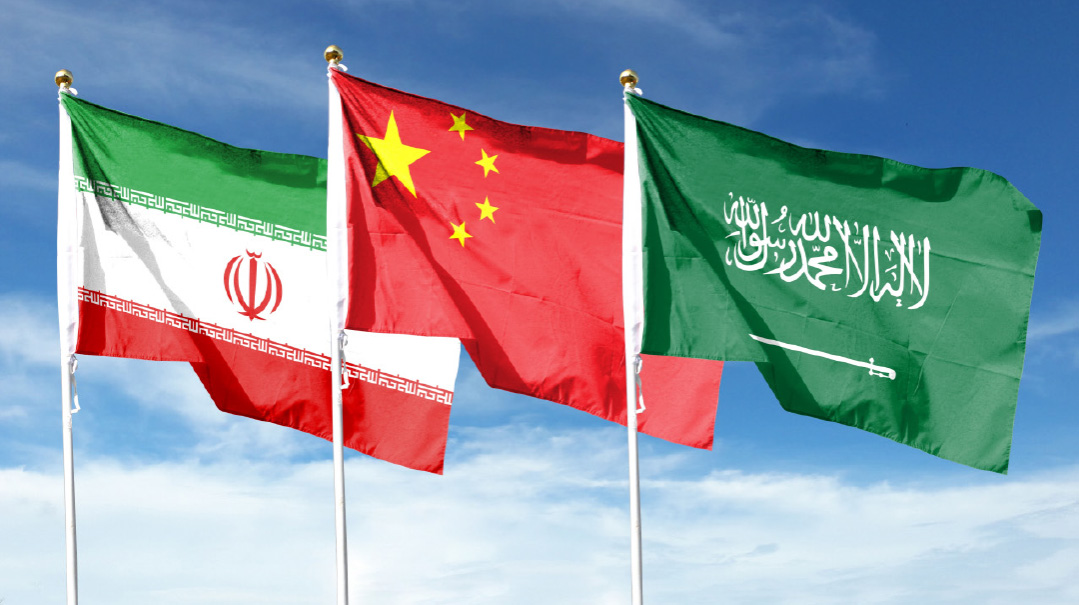Firepower for Poland

What is the US trying to accomplish with this arms sale? Enhance NATO capabilities, deter Russia, or both?
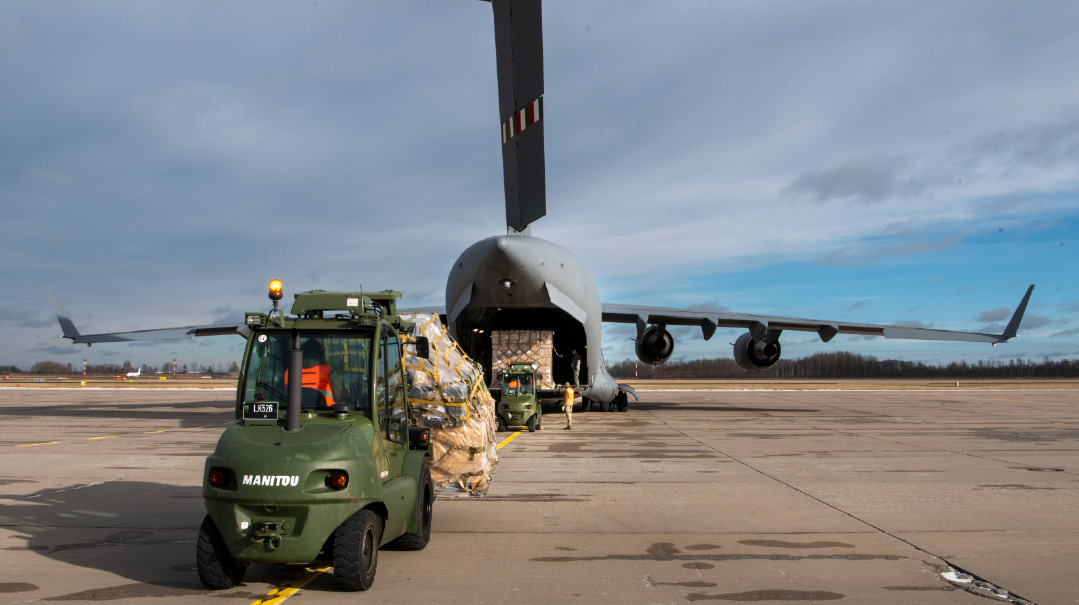
Photo: AP Images
Last week, the US State Department announced a massive new $10 billion arms sale to Poland, including 18 M142 High Mobility Artillery Rocket System (HIMARS) launchers; 468 HIMARS Launcher Loader Module kits; and 45 M57 Army Tactical Missile Systems (ATACMS).
To better understand the significance of an arms package of this size, in the context of hostilities in Eastern Europe, I reached out to Bradley Bowman, senior director of the Center on Military and Political Power at the Foundation for Defense of Democracies.
Bowman, who focuses on US defense strategy and policy, has served as a national security advisor to members of the Senate Armed Services and Foreign Relations Committees, as well as an active duty US Army officer, Black Hawk pilot, and assistant professor at West Point.
Do you see this as a routine arms sale between two allies, or does it have deeper significance?
“Following Putin’s unprovoked invasion of Ukraine last year, the Biden administration has sought to unify the NATO alliance, arm Ukraine, and strengthen NATO’s eastern flank. This arms sale is focused on the last of those three priorities. These weapons will improve the capabilities of the Polish military and increase NATO deterrence, making Putin think twice before starting a conflict with the alliance.
“But many of these capabilities may not arrive anytime soon due to insufficient US defense industrial base capacity. It is noteworthy that the package includes ATACMS. I’d rather the administration send those first to Ukraine.”
What is the US trying to accomplish with this arms sale? Enhance NATO capabilities, deter Russia, or both?
“Both. This sale seeks to increase the readiness of the Polish military, improve its ability to operate with the United States, and strengthen NATO’s deterrence on its eastern flank. The more US allies wield the same weapons, the more effectively our forces can train and operate together. These are serious capabilities that will strengthen the Polish military.”
Will we see an Eastern European arms race in the next few years?
“An arms race with whom? Russia has conducted an unprovoked invasion, the largest in Europe since World War II. Countries near Russia increasing their military capabilities is a predictable and necessary reaction to the invasion. Our adversaries are already racing. The question is how we should respond and whether we have the will and capability to deter and defeat additional aggression. As others have said, weakness invites aggression. Putin sees weakness as an invitation for additional aggression.
“We should spend more time strengthening the military capabilities of threatened democracies before invasions and attacks, and less time worrying about provoking autocratic bullies.”
Some countries prefer not to export certain technologies, such as Israel with its Iron Dome. Is the US being pushed to provide other countries with certain capabilities and weapons to deter Russia that otherwise it would prefer not to export?
“Poland is a valuable ally that plays a leading role in protecting shared security interests in Eastern Europe. These are capabilities that Poland should absolutely possess in sufficient quantities. The problem is that it may take a long time for them to actually arrive.”
(Originally featured in Mishpacha, Issue 949)
Oops! We could not locate your form.
